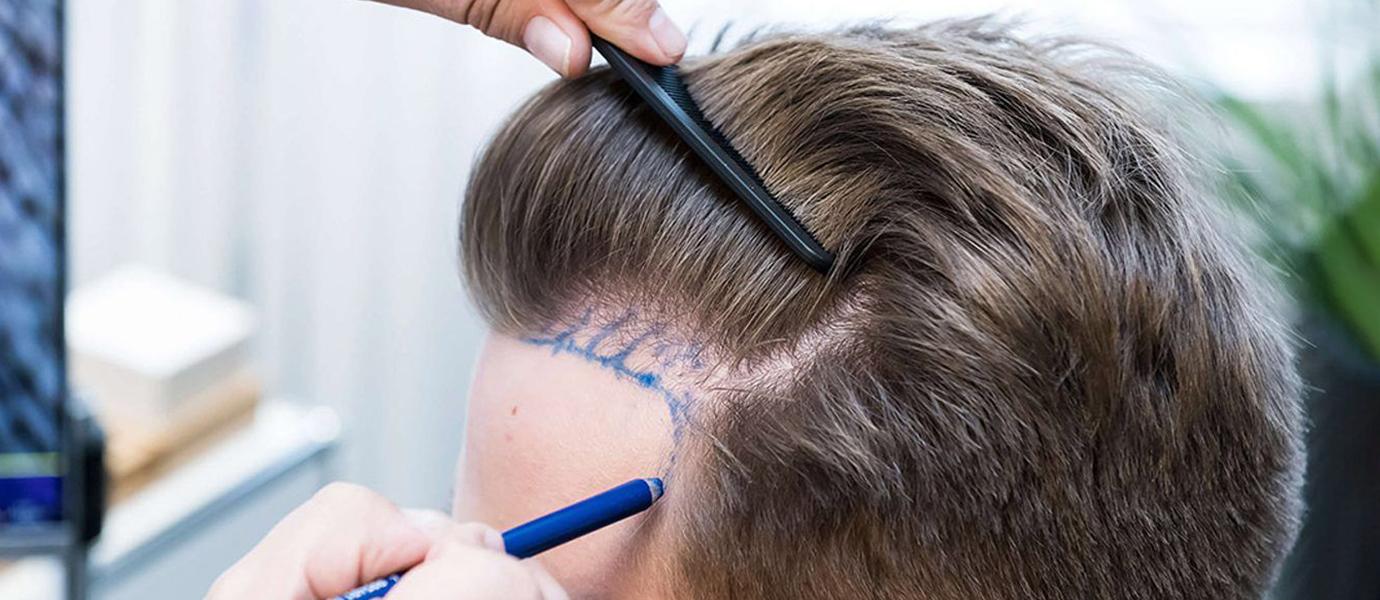Hair Transplant Methods and Differences

Hair transplantation is a method used to provide a more lush and aesthetic hair appearance to people with hair loss. In recent years, different hair transplantation techniques such as FUE, DHI, Sapphire and Unshaven have gained popularity. Each method has its own advantages and disadvantages. Here is important information about the differences between these methods and who they are suitable for:
1. FUE (Follicular Unit Extraction) Hair Transplantation:
The FUE method is a method in which individual hair follicles are extracted and implanted. Its advantages are as follows:
– It is a minimally invasive procedure: FUE is a surgical intervention usually performed under local anesthesia and requires minimal incisions. Therefore, the healing process is faster and scars may be less noticeable.
– Natural appearance: Since the hair follicles extracted with FUE are implanted in a natural way, the results provide a more natural and aesthetic appearance.
– More flexibility: The FUE method provides more flexibility in the area to be transplanted. This method can be applied to people with short hair and small areas that require hair transplantation.
The FUE method is suitable for many people with hair loss. However, factors such as hair quality, graft quantity and hair transplantation expectations of the hair transplant candidate should be taken into consideration.
2. DHI (Direct Hair Implantation) Hair Transplantation:
DHI is a method in which hair follicles are directly implanted using a special pen during hair transplantation. Its advantages are as follows:
– Direct implantation: In the DHI method, hair follicles are quickly harvested and directly implanted. This allows for a faster procedure.
– Minimal incisions during the healing process: The DHI procedure requires minimal incisions and therefore less discomfort can be experienced during the healing process.
– Natural appearance: The direct implantation of the hair follicles can help the results provide a more natural and dense appearance.
The DHI method can be preferred if hair transplant candidates want a method in which the grafts are directly implanted.
3. Sapphire Hair Transplant:
Sapphire hair transplantation is a technique that uses sapphire blades for hair transplantation. Its advantages are as follows:
– Thinner incisions: The use of sapphire blades allows for finer and more precise incisions. This means less scarring and a faster healing process.
– More natural hairline: The precision of sapphire blades can help create a more natural hairline during hair transplantation.
Sapphire hair transplantation may be suitable for people who want more precise and natural results. However, this method may have a different cost than others.
4. Unshaven Hair Transplant:
The unshaven hair transplant method does not require complete shaving of the hair during the hair transplant procedure. Its advantages are as follows:
– Short recovery period: Since the hair is not shaved, the recovery period may be shorter and a faster return to social life can be achieved.
– Aesthetic concerns: Unshaven hair transplantation may be a more suitable option for people who do not want to shave their hair and have aesthetic concerns.
Unshaven hair transplantation is suitable for people who do not want to shave their hair and those who have work or social obligations. However, the amount of grafts and implantation process may be limited in this method.
In conclusion, which hair transplant method is preferred depends on factors such as the person’s hair condition, the amount of hair graft, expectations and the surgeon’s assessments. Each method has its own advantages and it is important to choose the most appropriate one in line with individual needs and preferences. When making a hair transplant decision, it is important to consult a specialized plastic surgeon and make a detailed evaluation.
Since 2012, when I started university, I have done a master's degree in aesthetic hair transplantation expertise, which is the most employable part of my field, and I have crowned this success with Zeynep Metin Clinic, which I gave my name.
Latest posts by Zeynep Metin (see all)
- Hair Transplantation in Women and Details - 10 June 2023
- Hair Transplant Methods and Differences - 10 June 2023
- FUE Hair Transplant Method and Its Advantages - 9 June 2023

